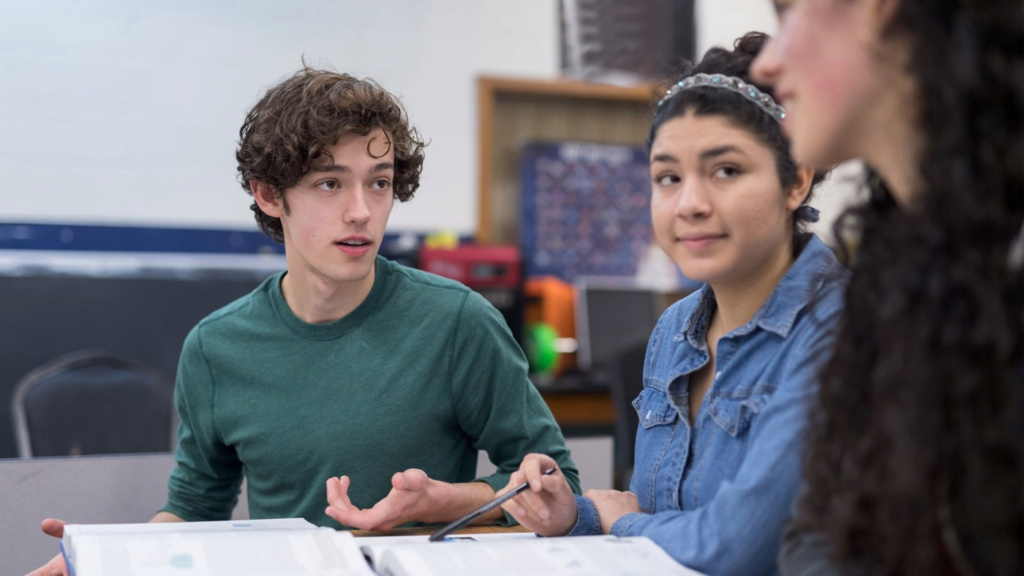How to improve learning (Part 1): Setting the intention

This article is the first in a series of articles on the topic of how to improve learning. It highlights the power of setting the intention to learn and using it to improve it. Before delving deeper into a topic, it's always a good idea to know what you hope to get from that deep research, and what answers you hope to get out of the article, video, or conversation.
Of course, you will need to be curious and open to discovering the unknown, however you will still get the most out of trying to learn if you know what you are aiming for. As with everything in life, if you have a sense of purpose you will be faster on your journey, and more motivated to realize the reality of your adventure.
How to define intent:
The quality of the intention determines the quality of your learning, and although the intention will actually move you forward, the good intention will work to raise the level of your learning, so what is the good intention? Goodwill provides clear purpose and direction, and ensures an openness to curiosity and discovery.
You may ask yourself:
What do I hope to learn from this? What indicates orientation.
Why do I wish to learn this? What indicates the target.
What fascinates or surprises me about this? What indicates curiosity.

The first question confirms your intention to learn, the second question helps you see the bigger goal, and thus stay motivated, and the last question ensures that you do not lose the spirit of curiosity while moving forward on your learning journey.
For example, if you are learning about blockchain technology with a focus on its societal implications, your learning intention might be:
I hope to learn how blockchain technology can change the way we engage in politics and our roles as citizen politicians.
I want to learn about this technology; Because I am dissatisfied with how politics is being conducted at the present time, and I would like to discover alternative methods that can improve the reality of the political system today.
I'm also curious about how blockchain technology relates to journalism, as well as what role cryptocurrencies might play in the near future.

With these three statements you have plenty of key points to discover, a clear sense of direction, and a fundamental reason for your learning journey that can guide your endeavours.
Define success criteria:
In order to know when you can stop learning about a subject, you need to define a set of criteria for success; By doing the following:
Jot down some questions you want answered.
Write down the main points you want to discover, and add your main findings in the learning journey.
Prepare to share your results with someone else.
Add anything else you want, these are just ideas that you can discover, and in return, the bad learning intent appears when you say: I will spend one hour reading about the topic, or I will read three articles about it, and watch one documentary, but these are not goals; rather, they are actions you take that lead you to a broader goal; When it comes to learning, you need quality, not quantity.
Watch the video: 7 steps to make self-learning effective
?How do you use intention
Imagine that you are reading a research article on a topic related to your project, and it is twenty pages long, and includes an index of three pages. Usually, when we encounter such a matter, we read everything written, and we get tired of that and we are overwhelmed by the large amount of information.
But with the help of intent, you can look at the article from a specific scope. And you search in every paragraph, every section, and every chapter, whether it will help you achieve your learning goal or not. Provides a lot of speed and focus in the learning process.
Of course, you will miss out on some information this way; There may be paragraphs that contain valuable information about other aspects of the topic, but because they do not meet your learning intention, you do not read them. To include more information, you can create a broader teaching intention that allows for more openness and expansion of the topic. It's up to you what you value more: speed and focus or scale and precision.
Another way to use your intention is to quickly read through the twenty pages, but only note the sections that are relevant to your learning intention. This way you'll get an idea of the whole article while still speeding up the process and focusing, though don't worry if you can't read the whole thing; We cannot read and experience everything in the world, and sometimes we have to prioritize, and this applies to the learning process as well.
in conclusion:
This is just one of many ways to improve your learning experience; Have you ever used an intention to reinforce your learning? If you haven't, maybe next time you learn something, try it; It can dramatically change the way you process information and greatly improve your development

This article was the first part of the How to Improve Learning series. In it, we discussed the importance of setting the intention to enhance the learning experience, and if you are more interested in the topic, we advise you to read the second part of it, in which we will talk about the importance of organizing our thoughts.
Source: websites

